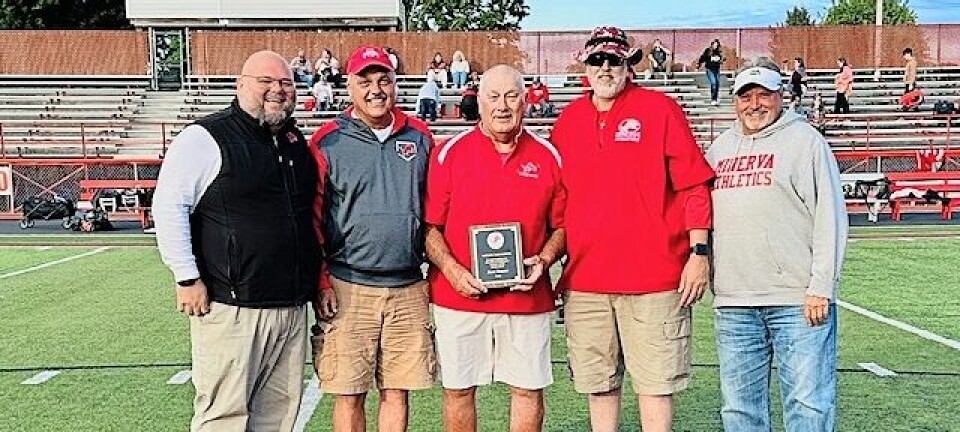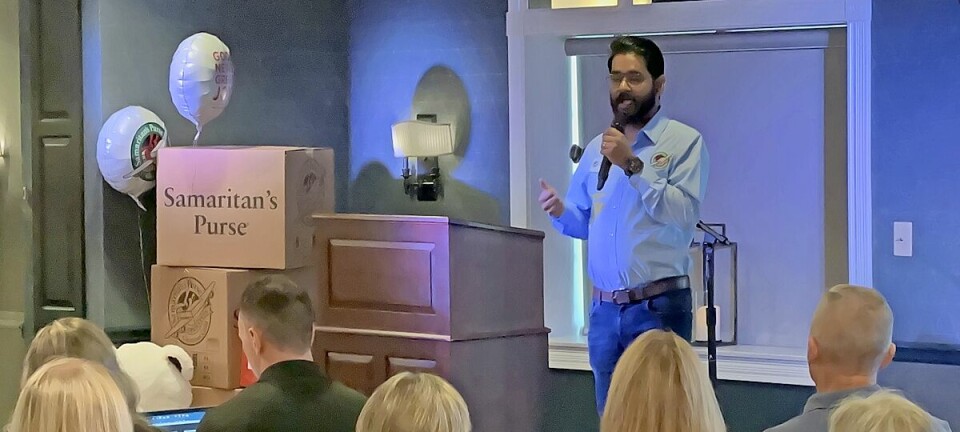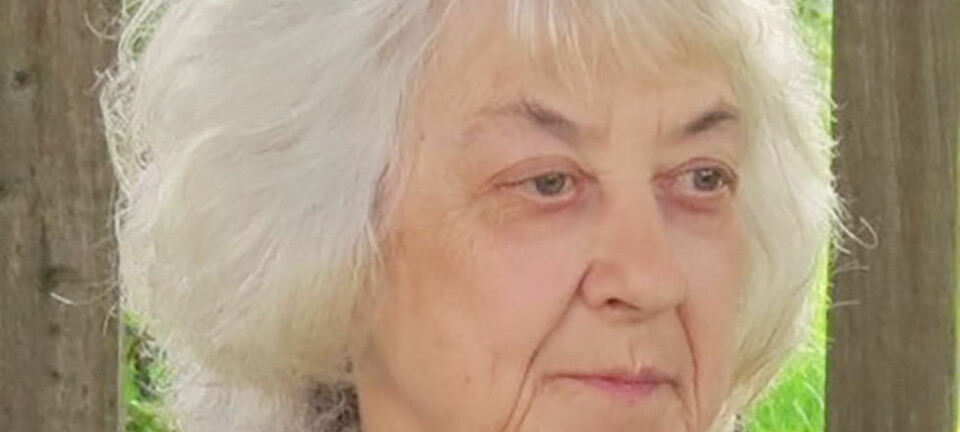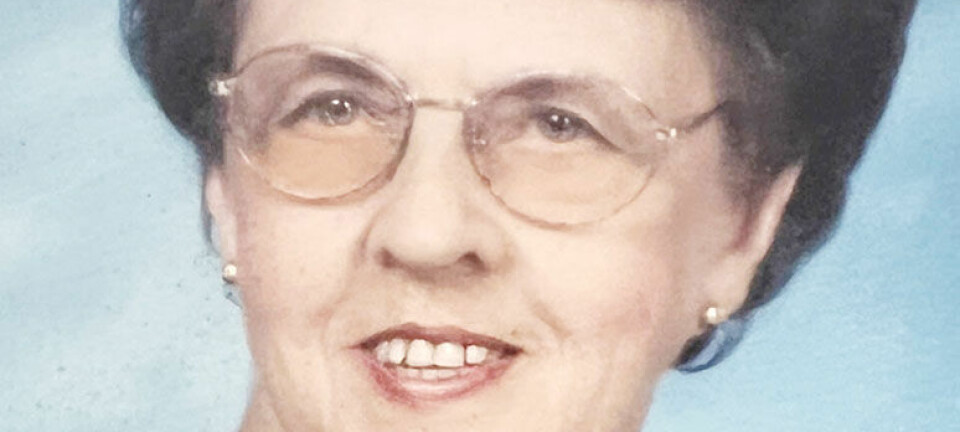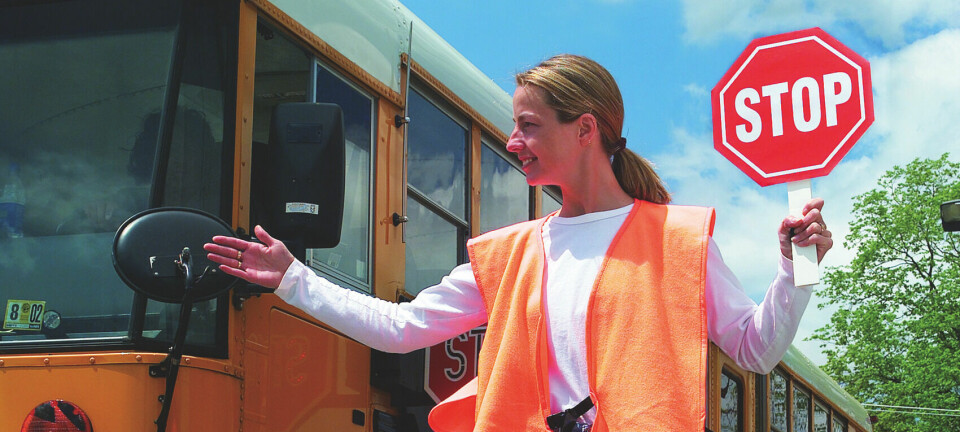Holmes County BDD School helps special needs children thrive
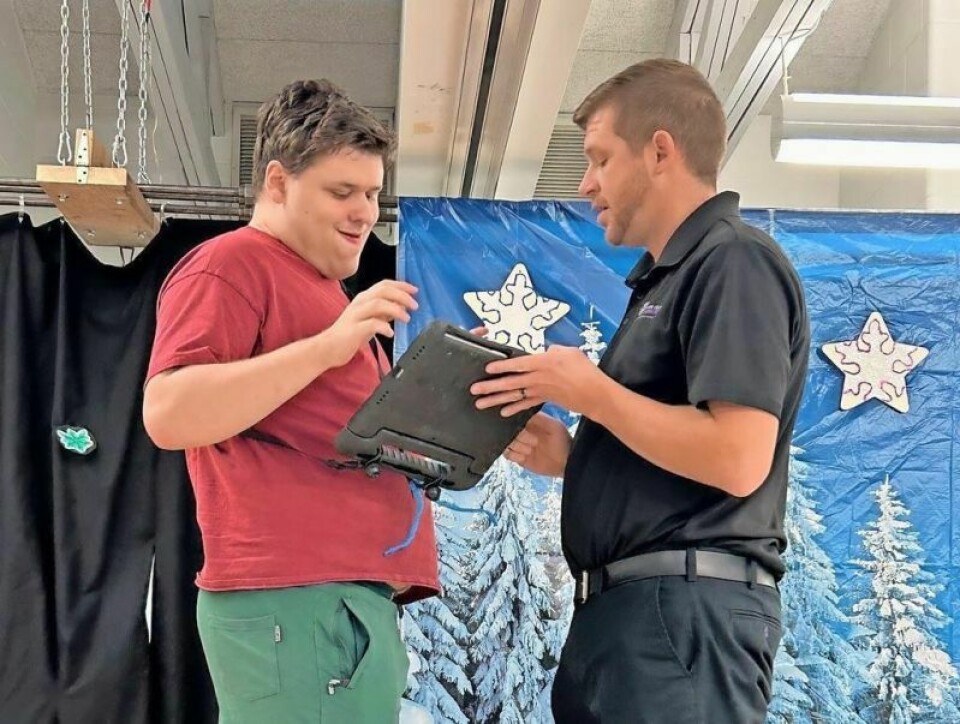
Bella Yoder is like any other teenager her age. She enjoys seeing her friends at school, going to concerts, playing with dogs and the latest gossip. Thanks to the special needs programs Holmes County offers, she gets to express that.
The 14-year-old from Walnut Creek has been attending the Holmes County Board of Developmental Disabilities School for about six years and absolutely loves it, her mother Julie Yoder said.
Thanks to the individualized care for her educational, physical and medical needs, Bella Yoder, like many others, can blossom into her full potential.
A part of the Holmes County Training Center, the Disabilities School offers K-12 education services to countywide residents and bus transportation. There are currently 25 students enrolled.
The school offers a full complement of therapy including speech, occupational, physical and music therapy. Each classroom is staffed with an intervention specialist who is trained to work with children who have a variety of disabilities and two teacher aides who assist in instruction and personal care. A school nurse also is on campus to aid in any medical needs.
Equipped with individualized education programs, students learn at their own pace and schedule. Classrooms are grade-based and grouped in five-year age spans such as kindergarten through third grade, fourth through seventh and so on. Students in 12th grade have the option to continue as a 12-plus student up to age 22.
Like Bella Yoder, nearly all students are nonverbal and learn to express themselves in alternative ways. Some communicate through the help of augmentative and alternative communication, known as AAC devices.
“An argumentative communication device sort of looks like a laptop or iPad,” Superintendent Marianne Mader said. “Some of the students are able to (use) touch to communicate. Others wear a (device) on their head and with a light are able to point to what they want to say.”
Yoder, who has a critical vision impairment, uses auditory scanning to communicate. She flips through vocabulary options on her device until she hears the words she needs and hits a switch that says the sentence or phrase out loud. She is on her way to mastery, starting with eight words and moving up to over 1,000. Using her devices has opened a world of communication, her mother said.
“We’ve found Bella has a lot of ideas,” Julie Yoder said. “She has a lot of opinions, just like any other 14-year-old girl.”
Because her daughter is medically fragile, Julie Yoder never imagined she’d be able to attend school outside the home. Bella started learning through the help of a special needs teacher who’d come once a week. When she expressed interest in music, a special education director in the East Holmes Local School District suggested the music program at the county’s BDD School.
Bella Yoder loved classes and soon enrolled full-time. Now she attends three to four days a week with a flexible schedule to adjust to her needs.
“(The school) is an asset to the community,” Julie Yoder said. “It’s really a gem that we have this in Holmes County. And I feel what makes the school so special is the staff. They really care about each child and will meet them where they are.”
Going on 64 years, Holmes County’s first special needs school started in January 1960. Parent-initiated, classes were held where space was available. Berlin Mennonite Church and Bunker Hill School were some of the school’s earliest locations.
In 1967 Ohio founded county boards of developmental disabilities, and Holmes County followed suit. Construction for the training center started in August 1974, and by September 1975, doors opened for the school and accompanying services.
Educational goals vary between students, but the ultimate goal is for each child to achieve his or her maximum potential. Upon graduating, some choose to enter the workforce and others may continue to enjoy other programs at the Training Center and in the community. And for others, the ability to communicate better with friends and family is its own reward.
“I love the phrase ‘living their best life,’” said Jessica Martell, education director. “And that is what I tell my staff frequently. We want to help these students live their best lives in whatever means necessary.”
Students also have the option to participate in little jobs during the day including packaging bulk food items for the Love Center Food Pantry, recycling and shredding.
School staff members feel privileged to partner alongside students and their families. Mader appreciates the taxpayers’ support, which allows them to do the work individuals and families count on.
“We see ourselves as a team,” Mader said. “While their loved one is here, we do our role, and then the loved one goes home and the family does their role. We need each other to provide that care and attention to their loved one.”
Getting students out in the community and bringing public awareness to the perspectives the children have is another passion staff members share.
“I think what we can learn from our friends who have developmental disabilities is don’t hold anything back,” Mader said. “Be you, and embrace who you are, and have fun. They really enjoy that.”




